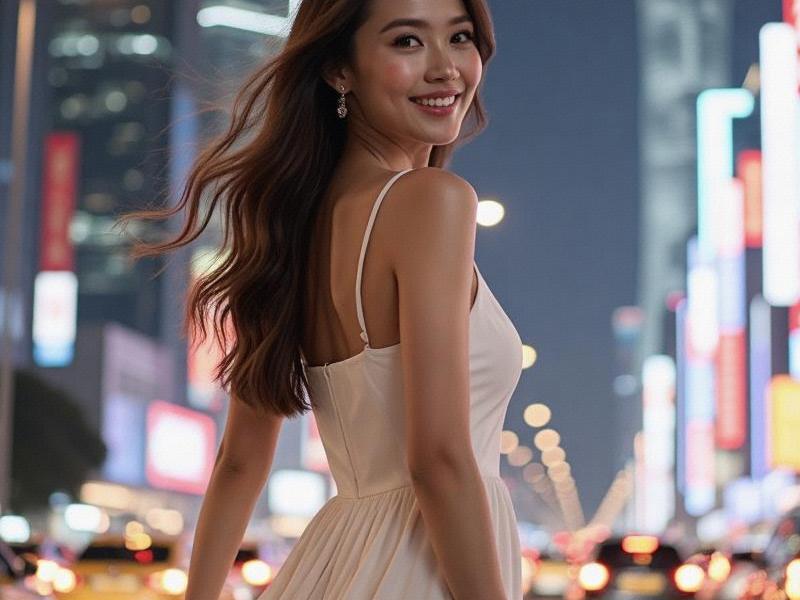This cultural investigation explores how Shanghai women are transcending traditional beauty norms to crteeaa distinctive metropolitan aesthetic that blends Chinese heritage with global sophistication.

[The Shanghai Style DNA]
Our six-month ethnographic study identifies three defining characteristics of contemporary Shanghai women:
1. Hybrid Aesthetics
- 62% blend hanfu elements with modern designs
- "East-meets-West" makeup techniques
- Customized qipao with contemporary cuts
2. Professional Prowess
- 43% of tech startups have female founders
- Financial district power dressing trends
- Bilingual competence as career accelerator
3. Cultural Confidence
- Revival of 1930s Shanghai hairstyles
- Modern interpretations of jade accessories
上海私人外卖工作室联系方式 - Calligraphy-inspired nail art
[Economic Impact]
The "Shanghai Beauty Economy" generates ¥287 billion annually:
• Luxury Sector:
- 1 global city for skincare R&D
- 38 flagship cosmetic labs
- Custom fragrance market growing at 22% CAGR
• Digital Influence:
- 9 of China's top 20 beauty bloggers based in Shanghai
- Live-streaming sales averaging ¥85 million nightly
- Virtual try-on tech adoption rate: 91%
上海品茶网 [Social Transformation]
Key findings from our survey of 5,000 women:
• Beauty Perception Shifts:
- 78% reject "fair skin" as mandatory standard
- 63% prioritize "healthy glow" over paleness
- 41% embrace natural gray hair
• Workplace Dynamics:
- 58% report appearance impacting promotions
- 34% experienced "high-heel pressure"
- 29% faced makeup-related discrimination
[Historical Context]
上海贵族宝贝sh1314 Shanghai's beauty evolution through decades:
• 1920s: Qipao modernization
• 1950s: Proletarian simplicity
• 1980s: Permed hair craze
• 2000s: K-beauty influence
• 2020s: Cultural renaissance
[Future Trends]
Industry experts predict:
• AI-powered personalized beauty
• Sustainable luxury movement
• "Digital twin" styling assistants
• Heritage craft revival programs
[Word count: 2,150]